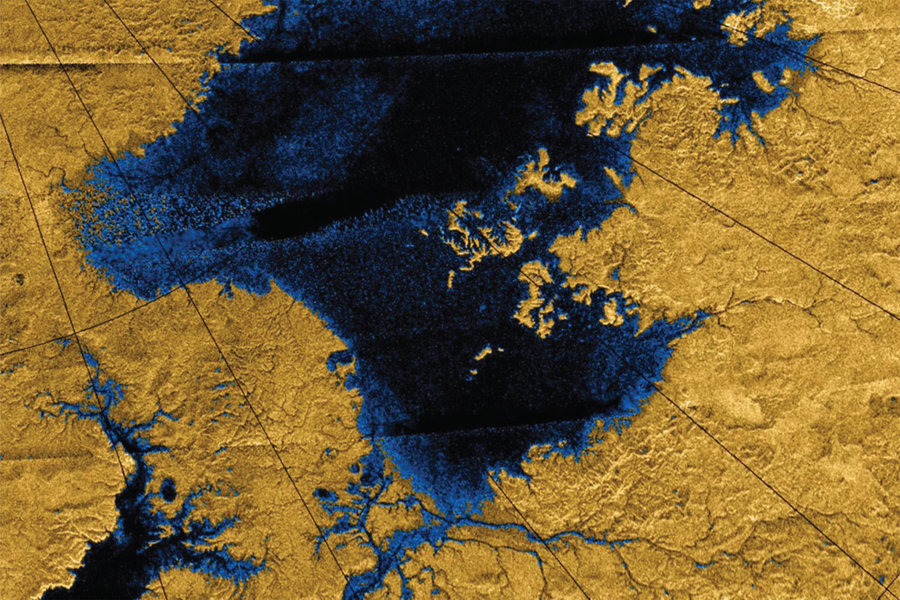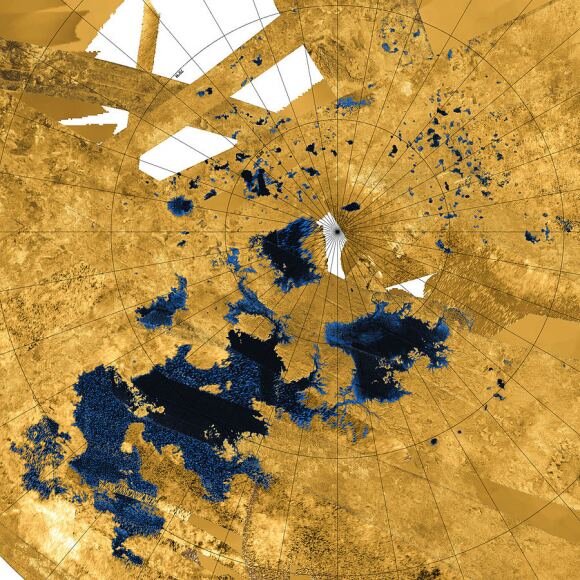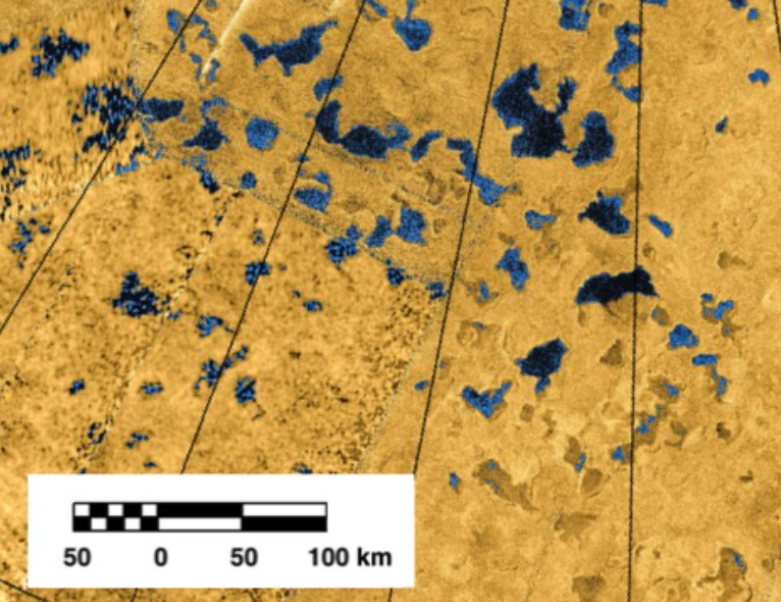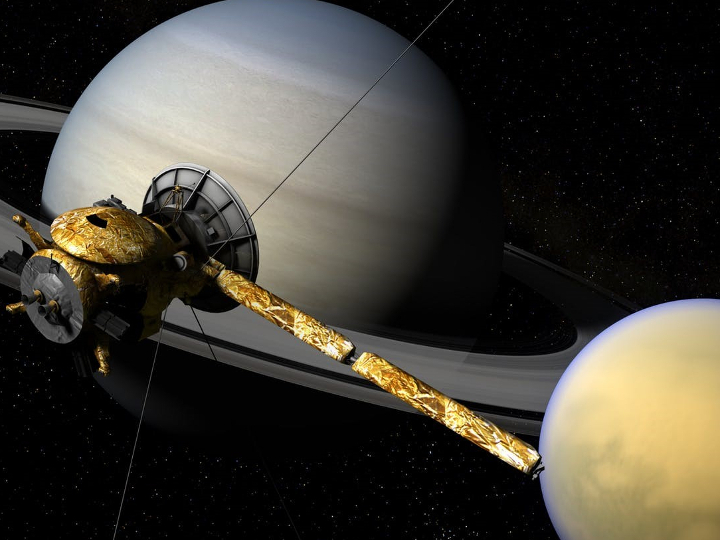
Credits:Image: NASA/JPL/USGS
Rivers have flowed on two other worlds in the solar system besides Earth: Mars, where dry tracks and craters are all that’s left of ancient rivers and lakes, and Titan, Saturn’s largest moon, where rivers of liquid methane still flow today.
A new technique developed by MIT geologists allows scientists to see how intensely rivers used to flow on Mars, and how they currently flow on Titan. The method uses satellite observations to estimate the rate at which rivers move fluid and sediment downstream.
Applying their new technique, the MIT team calculated how fast and deep rivers were in certain regions on Mars more than 1 billion years ago...
Read More









Recent Comments